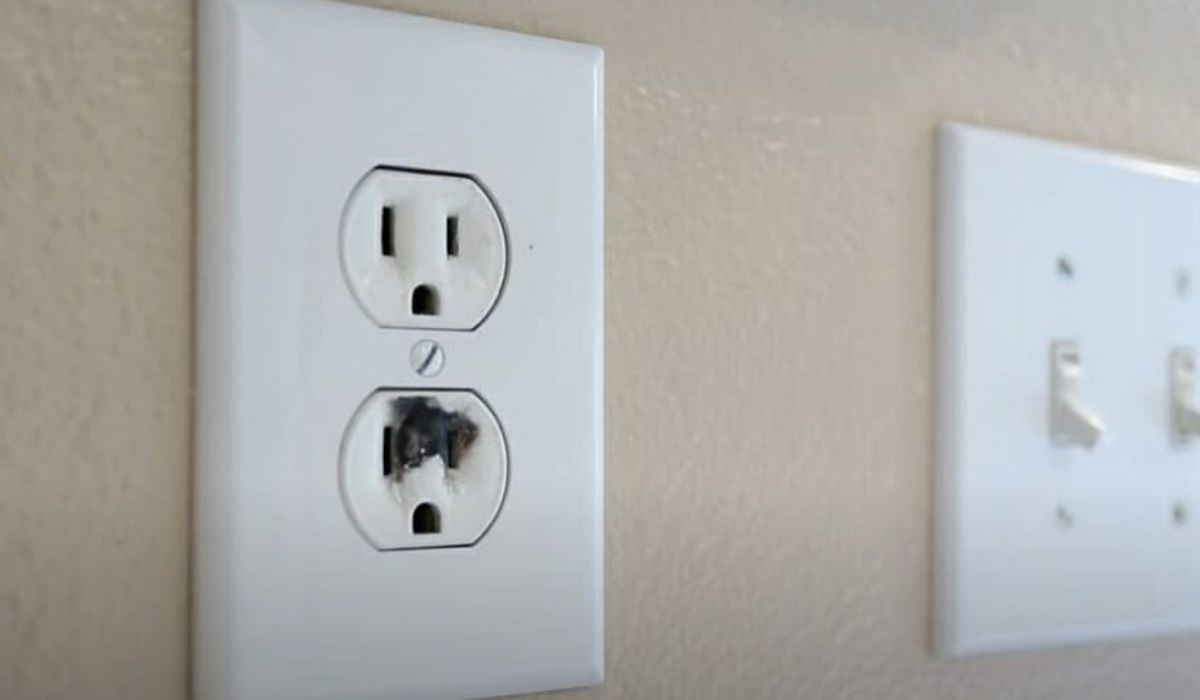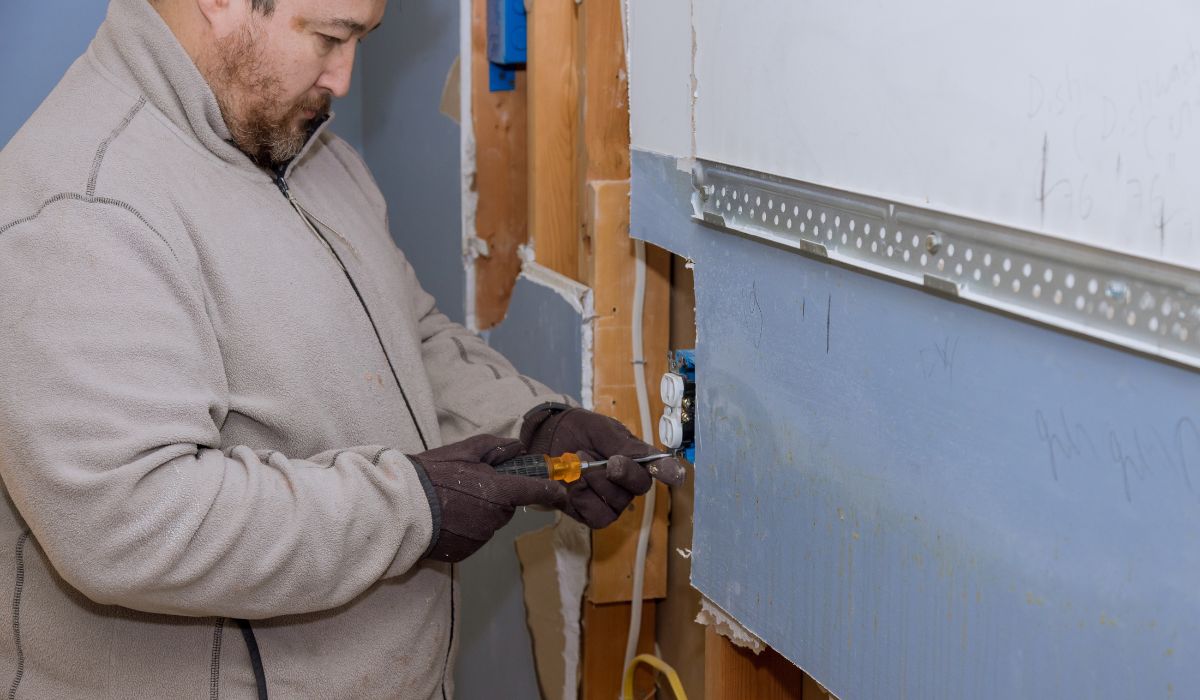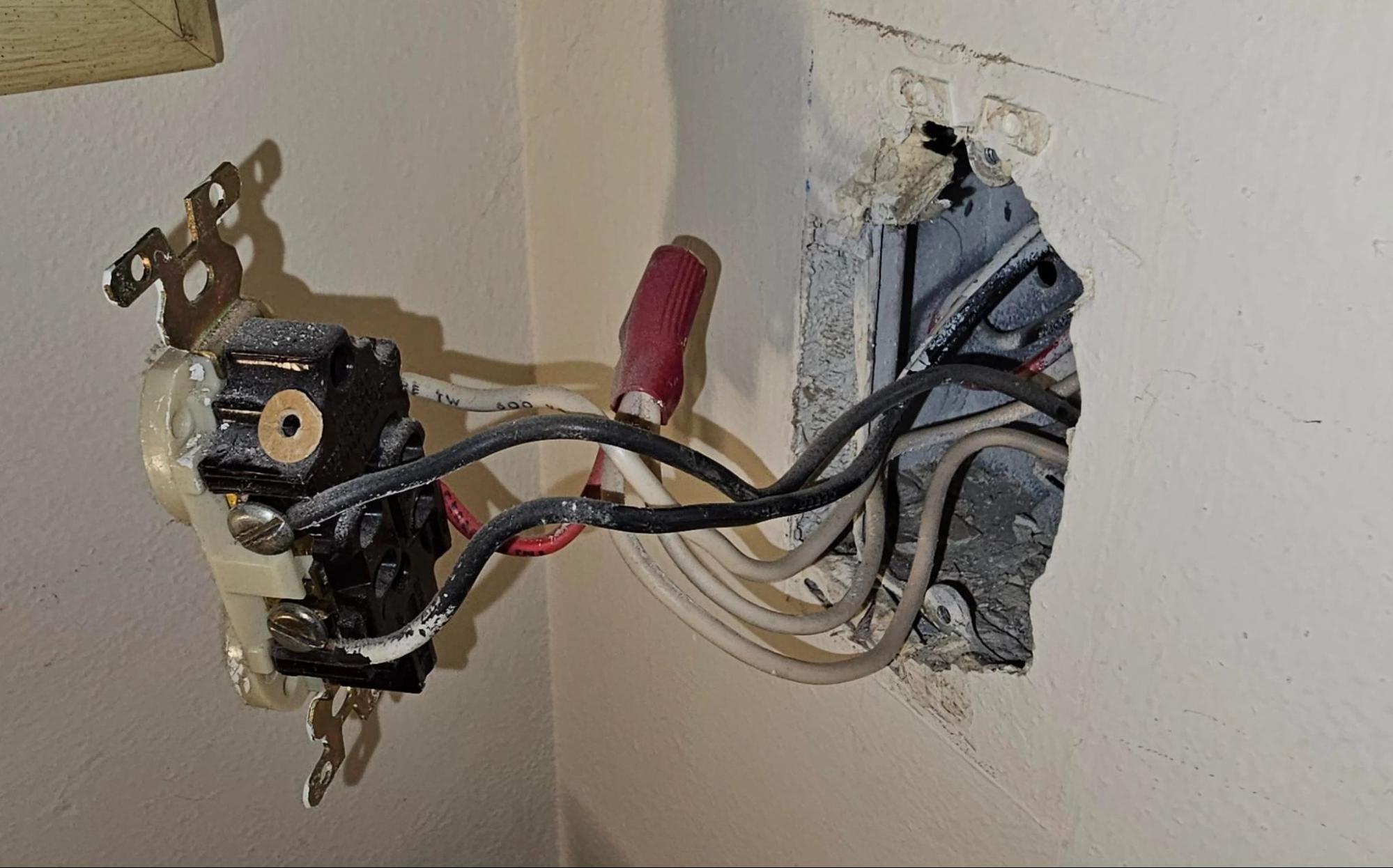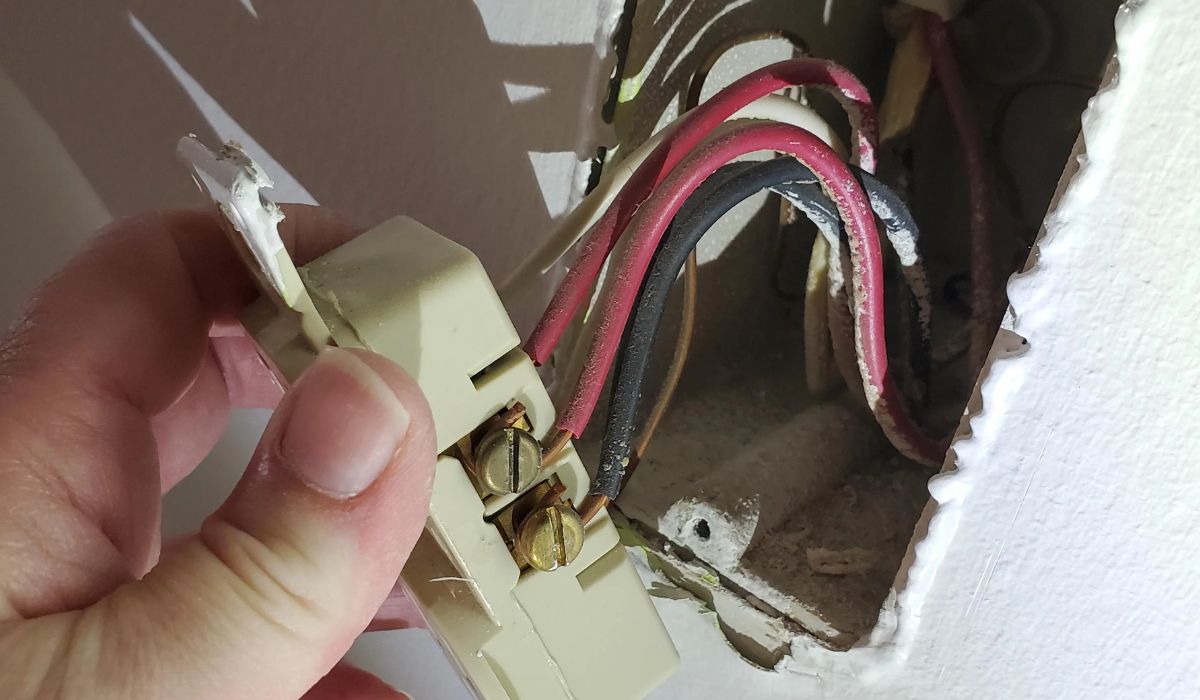If you've ever plugged in a device and found that it doesn't work, you might have a dead outlet. A dead outlet can be frustrating, but fortunately, it's often something that you can fix yourself.
Now, you may be wondering how to fix an outlet that is not working. In this article, we'll cover some common reasons why an outlet might not be working, what to do when an outlet stops working, and how to fix an outlet that has stopped working.
Keep reading to have all your questions answered!
It can be frustrating if you're experiencing a dead outlet because it can prevent you from using your electronic devices. However, understanding the problem can help you fix the issue quickly.
This section will discuss how to identify a dead outlet and the common causes of outlet failure.
The first step in fixing a dead outlet is to identify if the outlet is dead.
You can do this by plugging in a device that works into the outlet. If the device doesn't turn on, then the outlet is dead.
Another way to check is to use a voltage tester to see if any electricity flows through the outlet. If the voltage tester doesn't detect any electricity, then the outlet is dead.

There are several reasons why an outlet may stop working. Here are some of the most common causes:
It's important to note that fixing a dead outlet can be dangerous if you don't have experience working with electricity.
If you're not comfortable working with electricity, it's best to call a professional electrician to fix the problem.
In this section we will find out how to fix an electrical outlet through easy-to-follow steps.
So, if your outlet is broken, do not worry: read on!
Safety should be your top priority when it comes to fixing a dead outlet. Before you start, ensure you have the right tools and knowledge to do the job correctly. Here are some essential safety tips to keep in mind:
The first step to fixing a dead outlet is to turn off the power supply. This will help prevent electric shocks and other accidents.
To do this, locate the circuit breaker box in your home and turn off the breaker that controls the outlet you want to fix. If you need help determining which breaker to turn off, you can use a voltage tester to check for live wires.
You'll need a few essential tools to fix an electrical outlet, including a screwdriver, wire stripper, and wire nuts. Make sure you have these tools on hand before you start working. Wearing protective gear, such as gloves and safety glasses, is also essential to prevent injuries.
When working with electrical wiring, being patient and taking your time is important. Rushing can lead to mistakes and accidents. If you need to figure out what you're doing, it's best to call a professional electrician to handle the job.
By following these safety tips, you can fix a dead outlet safely and effectively. Remember to always put safety first when working with electrical wiring.
If you are wondering how to fix an outlet that is not working, don't worry, it's not always a major problem. Here are some troubleshooting steps you can take to fix an electric outlet that is dead.

First, check to see if there is a simple fix for the problem. Sometimes, the outlet may not work because of a tripped circuit breaker.
If this is the case, go to your electrical panel and look for the breaker that controls the outlet. If the breaker is tripped, reset it by turning it off and back on.
If the breaker is not the problem, check to see if any other outlets in the room need to be fixed.
If they are also not working, the problem may be with the circuit itself. In this case, you may need to call a professional electrician to fix the issue.
If the breaker is not tripped and other outlets in the room are working fine, the problem may be with the outlet itself.
To test the outlet, you can use a voltage tester.
If the outlet is not working and there is voltage, the problem may be with the wiring or connections.
Troubleshooting dead outlets can be frustrating, but it can be a minor problem. By following these simple steps, you can often fix the problem yourself.
If you need clarification on something, always consult a professional electrician.

If you are experiencing a dead outlet, you may be wondering if it's time to repair or replace it. In this section, we will explore the two options and help you determine which is the best solution for you.
Before you consider replacing the outlet, there are a few common issues that you can try to fix yourself. These issues include:

If you have tried fixing the common issues and the outlet is still not working, it may be time to replace it. Here are the steps you can follow to replace the outlet:
Therefore, whether you repair or replace the outlet depends on the cause of the problem. If the issue is familiar, you can fix it yourself. However, if the outlet is still not working, it's time to replace it.
Once you have fixed the dead outlet, it is essential to conduct some final checks to ensure that the outlet is safe and functional. This section will guide you through the final checks and testing process.
Before restoring power to the outlet, it is crucial to ensure all the wires are connected correctly and securely. Double-check that the outlet is correctly wired and the screws are tight.
Turn on the circuit breaker for the outlet and test the outlet using a voltage tester. If the voltage tester shows the outlet is live, you can proceed to the next step. If not, turn off the circuit breaker and recheck the wiring.
After restoring power:
If the outlet is still not working, it may be necessary to call a professional electrician to diagnose and fix the problem.
Remember that working with electricity can be dangerous, and it is always better to be safe than sorry.
In summary, restoring power safely and confirming the outlet's functionality are crucial final checks to ensure the dead outlet is fixed correctly.
Following the steps outlined in the above section ensures that your outlet is safe and functional.
If your outlet is not powering up, the first step is to check the circuit breaker. If it has tripped, reset it and see if the outlet works again. If not, try replacing the fuse. If the outlet still doesn't work, it's time to check the wiring.
Make sure the wires are correctly connected and not loose. If the wires are damaged or burnt, it's best to call a professional electrician to fix the problem.
If your GFCI outlet is not resetting or testing, the first thing to do is to check if it's receiving power. If it is, try pressing the reset button again. If it still doesn't reset, try unplugging all devices from the GFCI outlet and resetting it. If it still won't reset, it may be faulty and must be replaced.
If your outlets are not working in one room, but the lights are fine, the problem may be with the wiring or the circuit breaker. Check the circuit breaker to see if it has tripped. If not, check the wiring for any loose connections or damaged wires.
If you need more time to get comfortable working with electrical wiring, it's best to call a professional electrician.
An outlet may suddenly stop working due to a tripped circuit breaker, a blown fuse, or a faulty outlet. Check the circuit breaker and the fuse box to see if they need to be reset or replaced. Check the outlet's wiring for any loose connections or damaged wires if that doesn't work.
If you're uncomfortable working with electrical wiring, it's wise to call a professional electrician.
If your GFCI outlet's reset button won't stay in, it may be faulty and must be replaced. Before replacing it, ensure the wiring is connected correctly and not loose. If the wiring is fine, you can replace the outlet yourself or call a professional electrician to do it for you.